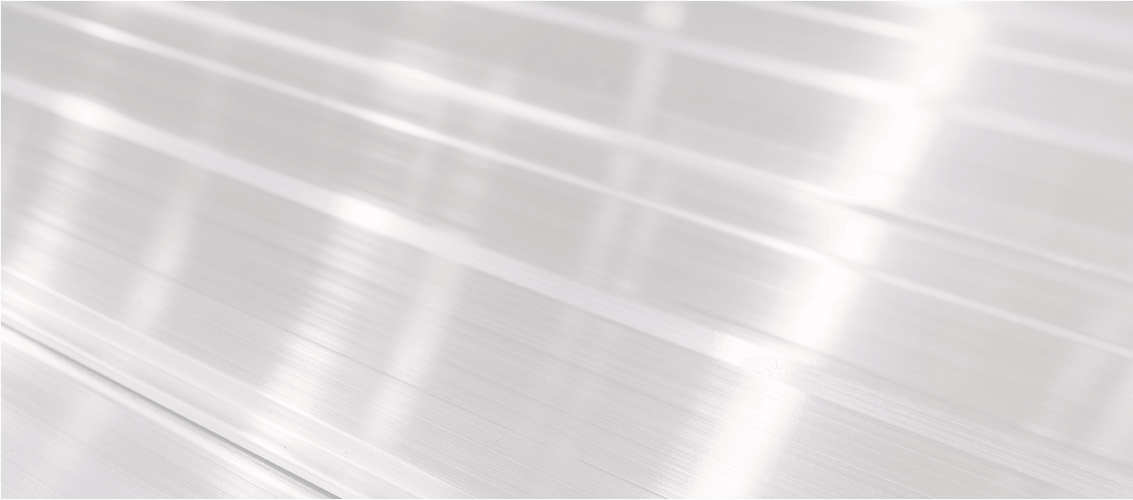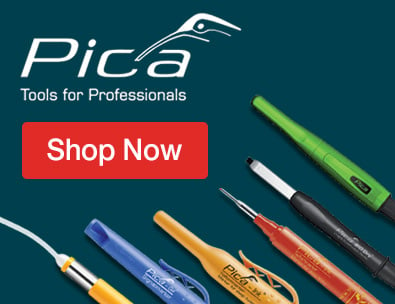Whether you're fabricating parts, prepping for threading, or performing routine maintenance, drilling is one of the most fundamental machining processes you'll use. From handheld drills to CNC machines, drilling lays the groundwork for more advanced hole making operations like tapping, reaming, counterboring etc.
This guide covers everything you need to know about drilling a hole — including which drill to use, safety tips, productivity pointers, and the accessories that can boost performance and accuracy.
Watch the step-by-step video below to see how to use a drill the right way.
What Is a Drill?
A drill is a rotating cutting tool designed to create cylindrical holes in various materials such as metal, wood, or plastic. Drills come in many different types and geometries, optimized for different materials and hole requirements.
What Is Drilling Used For?
Drills are used to create holes for:
- Tapping (threading holes)
- Reaming (finishing holes)
- Countersinking or counterboring
- Installing fasteners
- Other follow-up machining operations
Drilling is typically one of the first steps in a holemaking process.
Where Drills Are Used:
- In manual drilling operations using hand drills or power tools
- Mounted in machines such as:
- Drill presses
- Manual milling machines
- CNC machines
- Lathes

Why Is Drilling Important?
Drilling allows you to create starter holes and clearance holes, and prepare for more precise hole-finishing processes. It's essential in:
- General fabrication
- Maintenance and repair
- Metalworking and machining
- Assembly operations
What Problem Does Drilling Solve?
Without a pre-drilled hole, it’s impossible to perform precision operations like tapping, reaming, or installing fasteners. Drilling provides a quick and reliable way to initiate holes in your workpiece—making it a vital process in almost every shop or production setting.
Drilling Safety Guidelines
Drilling is a simple process, but it still requires basic safety precautions:
- Always wear safety glasses to protect against flying chips
- Never wear gloves while operating drills to prevent entanglement
- Keep loose clothing and long hair secured, and remove all jewelry, including a watch, all ring(s) etc.
Cost-Saving Benefits & Productivity Tips
- Selecting the right size drill for your job can help you save time finding the exact tool you need.
- Drill Troubleshooting & Tips can help you save time and money. Here’s what to consider:
High-Performance Drills
- Cobalt or carbide drills offer superior performance and longer tool life
- Drill coatings also increase tool life, durability, and performance
- Ideal for hard or abrasive materials
- Perfect for high-volume or precision jobs
Budget-Friendly Options
- General-purpose, High Speed Steel (HSS) drills work well for mild steels and low-volume work.
- Stub-length drills can eliminate the need for a spotting drill
Choosing the Right Drill
Ask yourself -
- What material am I drilling?
- How deep is the hole?
- What level of precision do I need?
- What’s my production volume?
- What’s my budget?
How Accurate Are Drills?
Drills are not typically high-precision tools, especially for tight-tolerance applications. That said, they’re the essential first step toward an accurate finished hole.
- Accuracy varies by drill type, sharpness, and setup
- Typical hole tolerance: +/- 0.0005” to 0.0100” or more
- Follow-up operations (like reaming, boring and others) are often needed to achieve final precision, or to complete the hole requirements.
| Tool | Purpose |
|---|---|
| Cutting Oil/Coolant | Improves tool life & chip evacuation |
| Spotting Drills | Prevents walking, ensures accuracy |
| Center Drills | Preps holes for turning operations |
| Reamers | Finishes holes to tight tolerances |
| Taps | Threads pre-drilled holes |
| Countersinks | Chamfers holes for screw heads |
| Counterbores | Creates flat-bottom holes for fasteners |
HOW TO CHOOSE THE RIGHT DRILL?
- What type of material are you drilling, and how often? This helps determine the right balance
 between tool life and cost — guiding you toward the best choice between high-performance and value drills.
between tool life and cost — guiding you toward the best choice between high-performance and value drills. - Use our comprehensive Holemaking Downloadable Guide to help you choose the right tooling to make holes quickly, efficiently, and profitably.
- A complete holemaking solution might include a drill, spotting drill, cutting oil, reamer, tap, and other necessary accessories.




